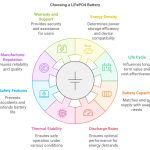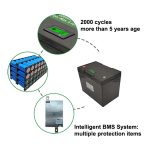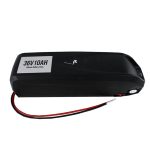Lithium manganese flexible pouch cell adopts winding positive and negative electrode processing technology. Compared with the traditional button lithium battery, its positive and negative electrode contact area is larger, and the pulse current and power consumption that the battery can provide are also larger. It is especially suitable for the application mode that requires pulse signal transmission, and the maximum pulse current that can be supported can reach 5A. In the application of the Internet of Things, it has good adaptability to many fields such as electronic price tags, highway CPC cards, 2.4G and 5.8G active electronic tags, personnel positioning, material tracking, wearable devices, smart homes, asset positioning, etc. ALL IN ONE pouch cell typically use the following equipment: IoT Sensor, Bluetooth positioning, electronic price tags, cameras, GPS positioning, logistics traceability, seedling thermometers and so on. ALL IN ONE Pouch Cell Advantages 1)Advanced fully automatic manufacturing equipment ALL IN ONE pouch cell has advanced 100% fully automated production lines, which realizes precise control of the weight of battery active material, thus ensuring the consistency of battery capacity and performance. 2)Special environmental application pouch cell Low-temperature applications: The unique positive electrode formula and positive electrode technology of ALL IN ONE ensure excellent discharging performance of ALL IN ONE batteries in cold environments. Even under extreme cold conditions of -40°C in North America, it can fully meet customer application requirements. High-temperature application: ALL IN ONE high-temperature pouch cell are equipped with a unique formula of high-temperature electrolytes and high-temperature closed-cell separators. They have been utilized in the demanding field of high-speed highway toll gate card applications that require high-temperature resistance ...
อ่านเพิ่มเติม…



















![]() การชำระเงินที่ปลอดภัย 100%
การชำระเงินที่ปลอดภัย 100%![]()
